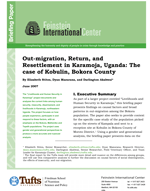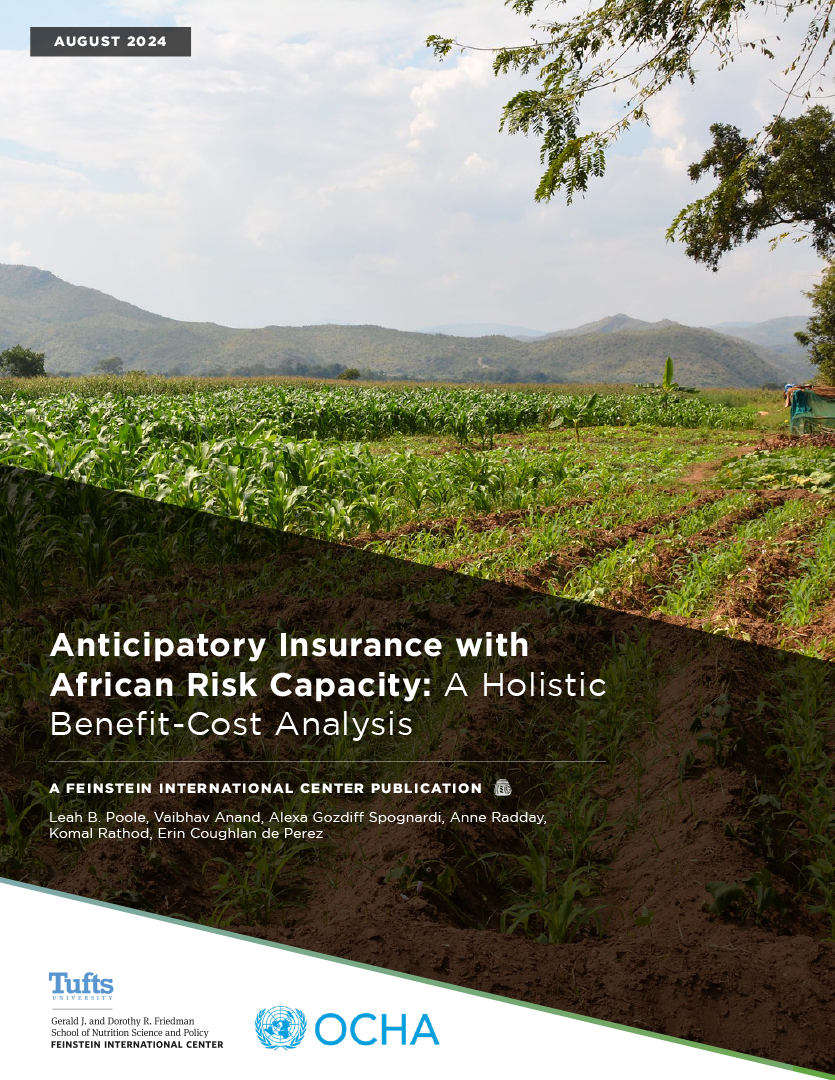As part of a larger project entitled “Livelihoods and Human Security in Karamoja,” this briefing paper presents findings on causal factors and broad patterns in out-migration among the Bokora population. The paper also seeks to provide context for the specific case study of the population picked up on the streets of Kampala and sent to a reception site at Kobulin in Bokora County of Moroto District. Using a gender and generational analysis, the briefing paper presents data on the main factors underlying out-migration, the mechanics of this process, people’s experiences in the cities, the return to Kobulin, and the population’s current situation and hopes for the future.
Other Related Projects:







